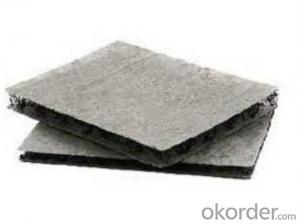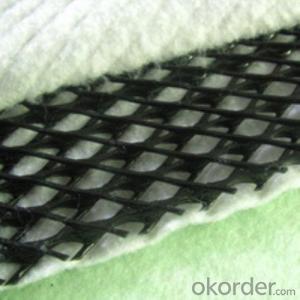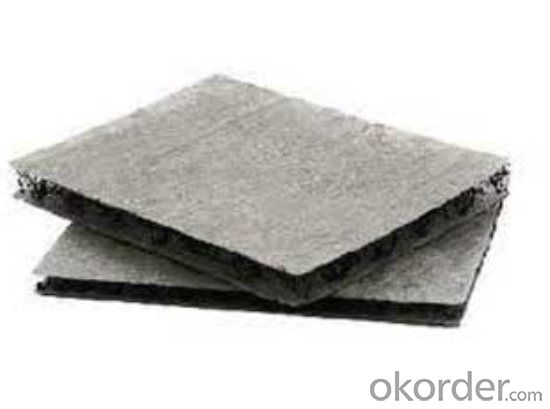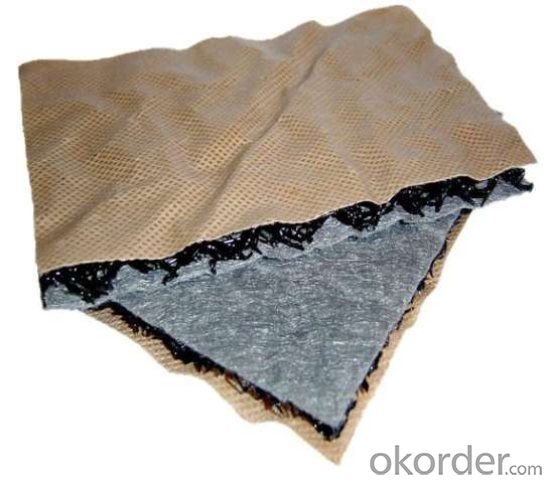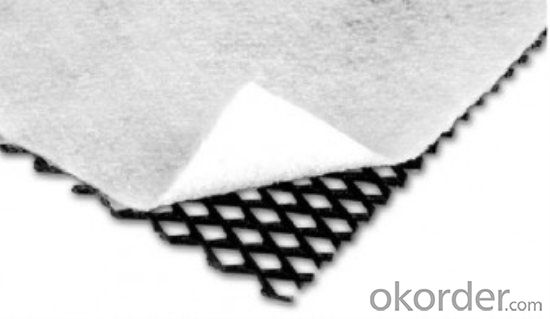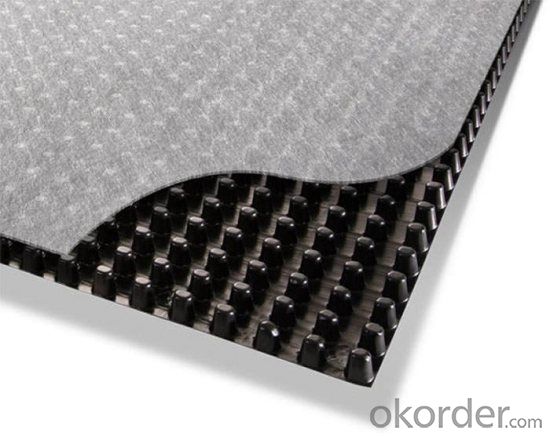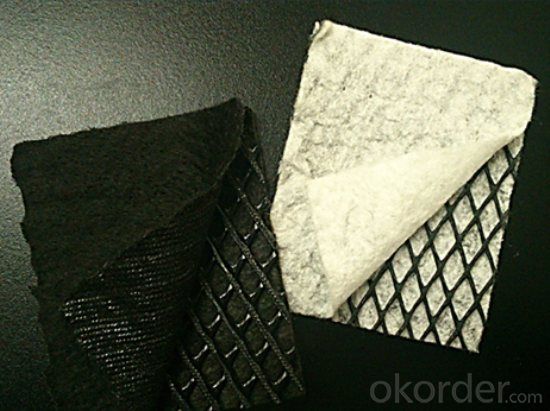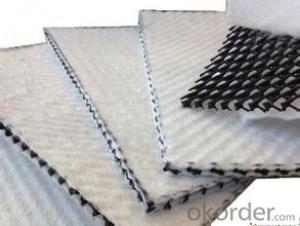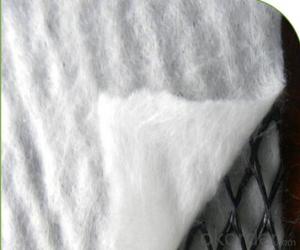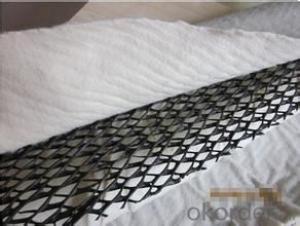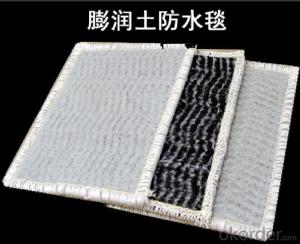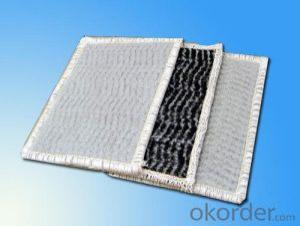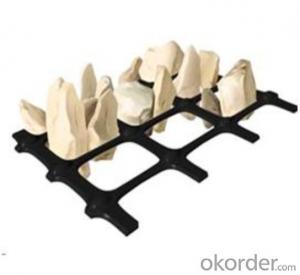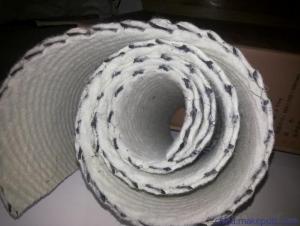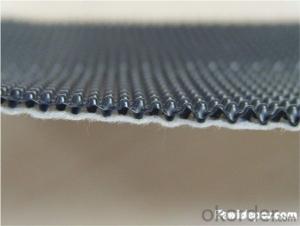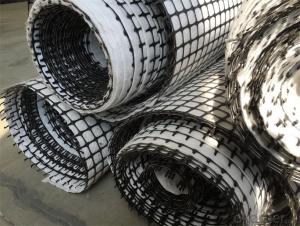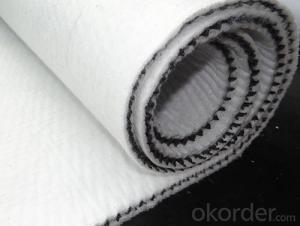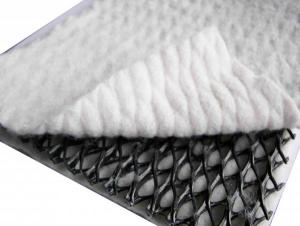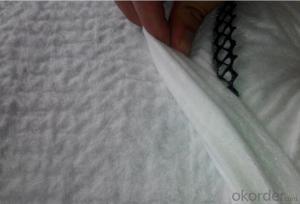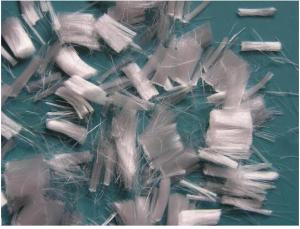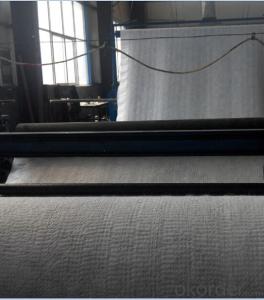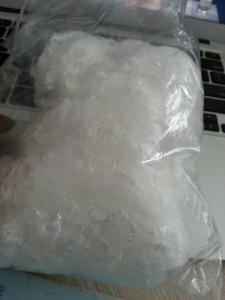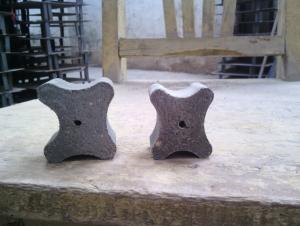Composite Soil Drainage Network for Architectural Engineering
- Loading Port:
- Qingdao
- Payment Terms:
- TT or LC
- Min Order Qty:
- 8000 m²
- Supply Capability:
- 100000 m²/month
OKorder Service Pledge
OKorder Financial Service
You Might Also Like
Composite Soil Drainage Network for Architectural Engineering
Description Of Composite Soil Drainage Network for Architectural Engineering
Composite material is a general term for the synthetic materials used in civil engineering. As a kind of civil engineering materials, it is to synthetic polymers, such as plastics, chemical fiber, synthetic rubber as raw material, made of various types of products, placed inside the soil, surface, or various kinds of soil play to strengthen or to protect the soil. The application of the technology of soil engineering synthetic materials will be divided into the type of the material of the soil, the soil, the soil, the special material and the composite. The special materials for the special materials include the soil engineering film bag, the soil engineering net, the geotechnical mesh pad, the soil working chamber, the soil texture, the bentonite mat, the polystyrene foamed plastics (EPS), etc.. The composite material is made from the above mentioned materials, such as composite coating, composite material, composite material, composite waterproof and drainage (drainage), etc..
Main Features of Composite Soil Drainage Network for Architectural Engineering
The advantages of the composite is that the weight is light, and the overall continuity is good (can be made into a large area of the whole), construction is convenient, high tensile strength, corrosion resistance and resistance to microorganisms. The disadvantage is that, without special treatment, anti ultraviolet ability, such as exposure to ultraviolet radiation, is easy to aging, but if not directly exposed, the anti aging and durability performance is still high.
Applications of Composite Soil Drainage Network for Architectural Engineering
1, for the stability of highway, railway roadbed.
2, used to bear the weight of the embankment and shallow water treatment.
3, used to prevent the landslide and the load of the gravity of the hybrid retaining wall.
IMages of Composite Soil Drainage Network for Architectural Engineering
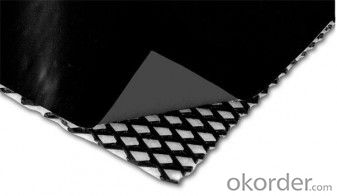
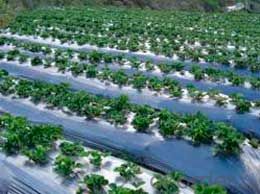
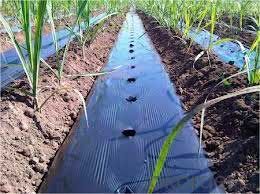
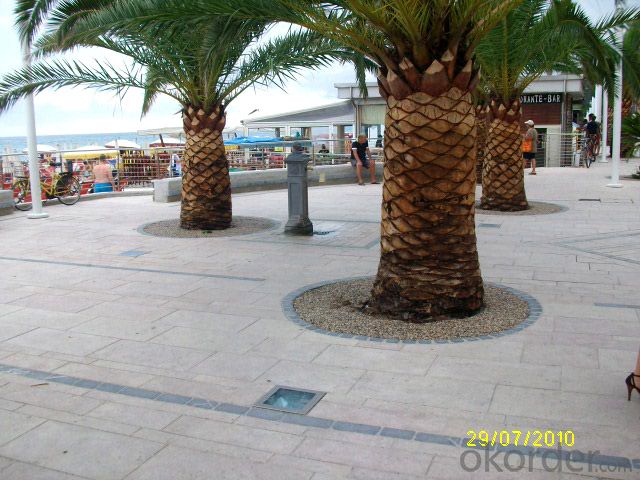
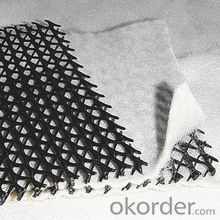
FAQ:
1. What are we supplying?
We are specialized in producing .geotextile , geocell, geogrid, geomembrane
2. How Many years experience do we have?
We have been exported to more than 15 countries in the past 10 years.
3. How long do we usually reply your request?
We always reply our customer within 12 hours.
- Q: What are the different types of geosynthetics used in earthwork applications?
- The different types of geosynthetics used in earthwork applications include geotextiles, geogrids, geocomposites, geomembranes, geonets, and geosynthetic clay liners.
- Q: How do earthwork products contribute to land reclamation projects?
- Earthwork products, such as soil, sand, and gravel, play a crucial role in land reclamation projects. These products are used to fill and level uneven or low-lying areas, creating new land or expanding existing landmasses. By providing essential materials for building up the terrain, earthwork products help in stabilizing the reclaimed land, preventing erosion, and promoting vegetation growth. Additionally, these products can be used to construct infrastructure like roads, embankments, and drainage systems, enhancing the overall usability and sustainability of the reclaimed land.
- Q: What is the purpose of using geocomposites in pond and lagoon applications?
- The purpose of using geocomposites in pond and lagoon applications is to provide a cost-effective and efficient solution for lining and reinforcing these areas. Geocomposites help in preventing seepage, erosion, and contamination by providing a barrier against water and pollutants. They also help in stabilizing the soil and improving the overall integrity and longevity of the pond or lagoon.
- Q: How do geocells help in load transfer platforms?
- Geocells help in load transfer platforms by providing a stable and reinforced structure that distributes and transfers the load evenly across the platform. The interconnected cells within the geocell system confine and stabilize the infill material, such as soil or aggregate, preventing lateral movement and enhancing the load-bearing capacity. This helps in improving the overall stability and performance of load transfer platforms, making them suitable for various applications such as road construction, slope stabilization, and erosion control.
- Q: Discussion on the importance of materials in civil engineering
- No material, you become archaeological. Only digging!
- Q: What are the different applications of geotextile bags?
- Geotextile bags have various applications, including erosion control, shoreline protection, sediment filtration, construction site dewatering, flood control, and land reclamation. These bags are also used for slope stabilization, soil reinforcement, and as a barrier for retaining walls. Additionally, geotextile bags can be employed in environmental remediation projects, such as containment of contaminated soil or sludge.
- Q: Can earthwork products be used in slope protection?
- Yes, earthwork products can be used in slope protection. Earthwork products such as geotextiles, geogrids, and erosion control blankets are commonly used to reinforce slopes, control erosion, and stabilize the soil. These products can help prevent slope failures, reduce sediment runoff, and improve the overall stability and long-term durability of the slope.
- Q: How do geocells help in soil stabilization?
- Geocells help in soil stabilization by providing a three-dimensional honeycomb-like structure that confines and reinforces the soil. This confinement prevents soil erosion, improves load-bearing capacity, and enhances overall stability. The geocells effectively distribute and transfer loads, reducing settlement and promoting better soil compaction. Additionally, the cells can be filled with various materials such as aggregate, sand, or vegetation, further enhancing soil stability and environmental sustainability.
- Q: How do geosynthetic liners prevent seepage in agricultural irrigation reservoirs?
- Geosynthetic liners prevent seepage in agricultural irrigation reservoirs by forming a impermeable barrier that inhibits water from penetrating or escaping the reservoir. These liners are made of synthetic materials with low permeability, such as geomembranes or geotextiles, and are installed underneath the reservoir to prevent water loss through seepage.
- Q: Can earthwork products be used for beach erosion control?
- Yes, earthwork products can be used for beach erosion control. These products, such as sandbags, geotextiles, and gabions, can help to stabilize and protect coastlines by preventing sediment loss, reducing wave energy, and promoting beach nourishment.
Send your message to us
Composite Soil Drainage Network for Architectural Engineering
- Loading Port:
- Qingdao
- Payment Terms:
- TT or LC
- Min Order Qty:
- 8000 m²
- Supply Capability:
- 100000 m²/month
OKorder Service Pledge
OKorder Financial Service
Similar products
Hot products
Hot Searches
Related keywords
